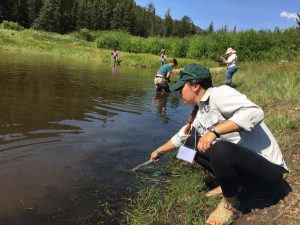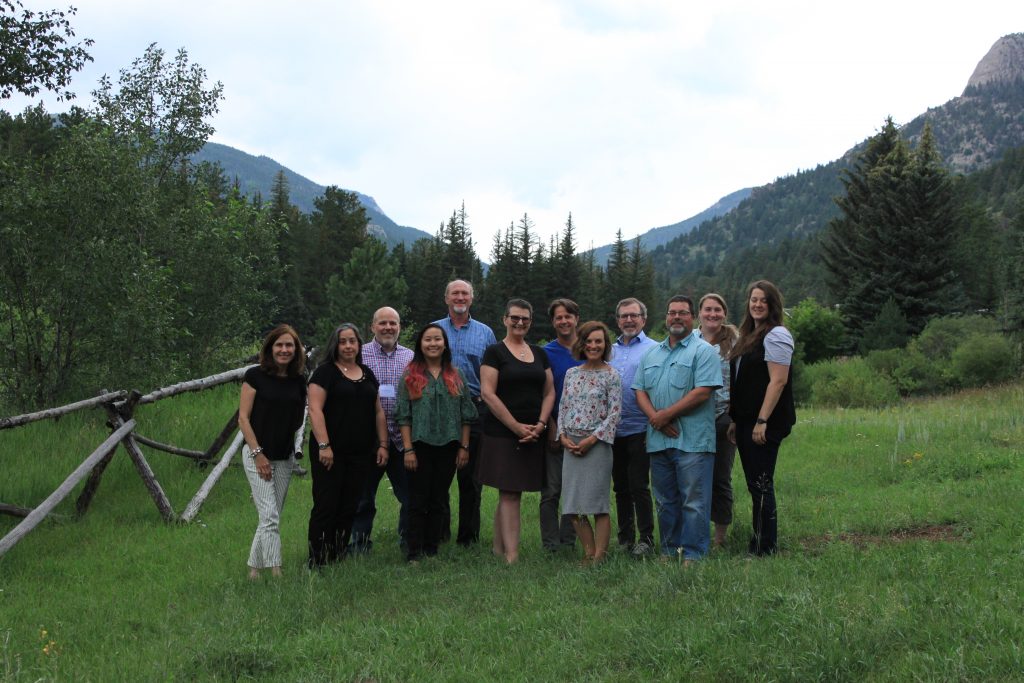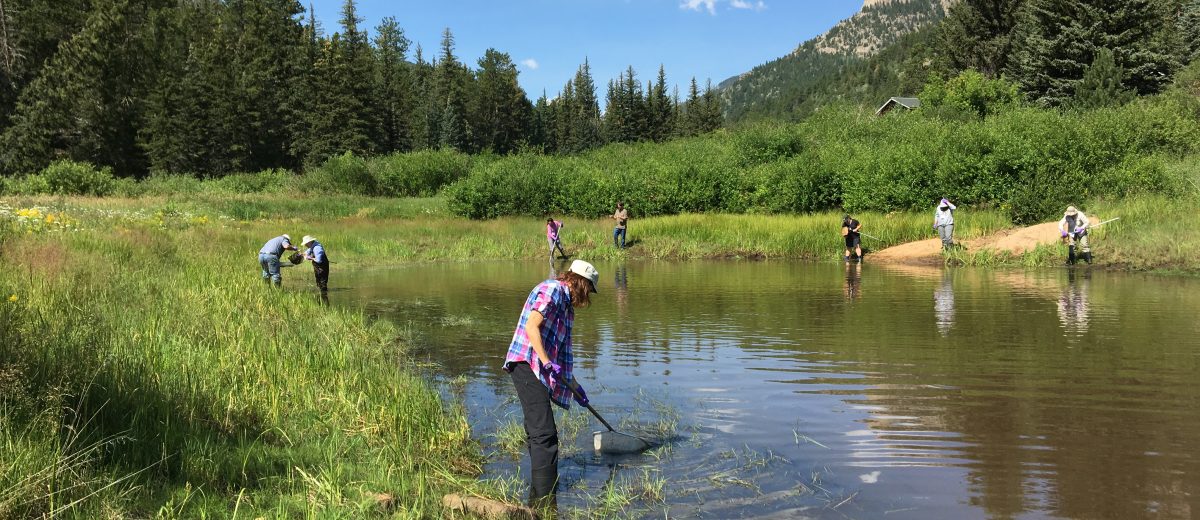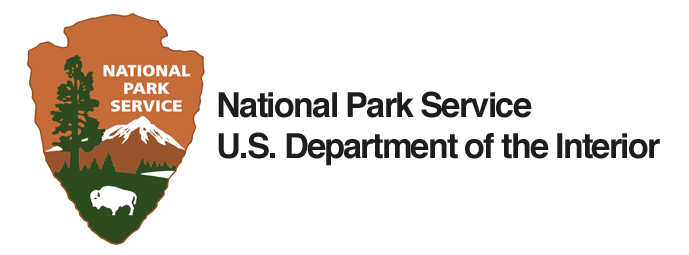The Dragonfly Mercury Project preceded the Second Century Stewardship initiative, but it is an exemplar of the type of science and stewardship the initiative supports and aims to grow—a project that engages the public (hands-on, in this case) and addresses issues critical to preserving our national treasures. The Dragonfly Mercury Project started at four parks (including Acadia National Park) and has scaled up and increased its impact many-fold. The project is also linked to the research of SCS Fellow Allyson Jackson, who studies the movement of mercury from aquatic insects to songbirds in Acadia. Jackson’s research builds on the data and insights from the Dragonfly Mercury Project. The workshop described in Katherine Ko’s post below was funded by the National Park Service and National Park Foundation, with a science café sponsored by Second Century Stewardship.
– Abe Miller-Rushing, Science Coodinator, Acadia National Park
Story and photos by Katherine Ko, Geoscientist-in-the-Parks, Glen Canyon National Recreation Area
We were greeted by thunder, lightning, and pouring rain as we pulled up to McGraw Ranch at Rocky Mountain National Park to prepare for a two-day workshop on the Dragonfly Mercury Project (DMP). The goal of this meeting was to bring together minds from the National Park Service (NPS), Environmental Protection Agency (EPA), US Fish and Wildlife Service (USFWS), University of Maine (UMaine), and US Geological Survey (USGS) to brainstorm next steps to expand the DMP. Despite the dreary weather, we were hopeful that the next two days would be full of passion, creative energy, and new experiences. I like to think it was our optimism (and caffeine-fueled brains) that brought the constant sunshine for the next 48 hours.
The DMP is currently in its ninth year of sampling. It began as a partnership between the Air Resources Division of NPS, USGS, and UMaine. In its first year, the DMP engaged four parks in the collection of dragonfly larvae for mercury analysis. In the past nine years, they have reached more than 100 park units and 4,000 citizen scientists. The DMP calls upon parks to engage citizen scientists in an authentic sampling experience that provides dragonfly larvae to USGS labs for mercury analysis. As the project continued to grow and attract attention, the need for a project-planning workshop became more and more urgent. Thus, a multi-agency conversation took place for two days at Rocky Mountain to shape the future of the DMP.

At this meeting, I had the pleasure of leading a sampling outing (along with Megan Hess, a graduate student at UMaine) to give the attendees an idea of what citizen scientists experience through this project. Most of the attendees were in higher-level positions in federal agencies, so it was exciting to give them a taste of field work again. Megan and I also gave presentations on how working on the DMP has shaped our careers. One workshop member, who plans on retiring soon, remarked how excited he was for the future of conservation because of young professionals like us. It was heartwarming to know that, in some strange turn of events, I was inspiring someone with many more years of experience and wisdom.
As a recent graduate and current Geoscientists-in-the-Parks intern, it was amazing to be a part of this workshop. I was inspired by people with decades of experience in federal government coming together to respectfully challenge each other’s ideas and push one another to come up with better solutions. During our discussion of the DMP, the project’s star qualities became evident: engaging citizen scientists, collecting data on a national scale, and increasing scientific literacy and curiosity. It became clear that the DMP is an important project that engages the public in the generation of scientific data– data that can inform management decisions and conservation policies on a national, or even global scale. It never escaped us for a second that mercury pollution is a real problem, and this project could provide real solutions. As we challenged some ideas and merged others together, it was clear that everyone’s genuine passion and respect for this project was what kept us going.
The workshop was a great display of nonstop brainstorming, notetaking, and coffee consumption. It was two very long days, where work blended into lunch blended into dinner. But I wouldn’t have traded the experience for anything. It was endlessly inspiring to learn about the issues that each agency takes on and the real difference their efforts can make. It’s funny how you can walk away from a meeting feeling just as burnt out as you are excited for the future. I’ll definitely be taking a few days to recover from this 48-hour brainstorming session. But I am also unbelievably curious and eager to see the DMP come into its own and find its place in the world of conservation.





